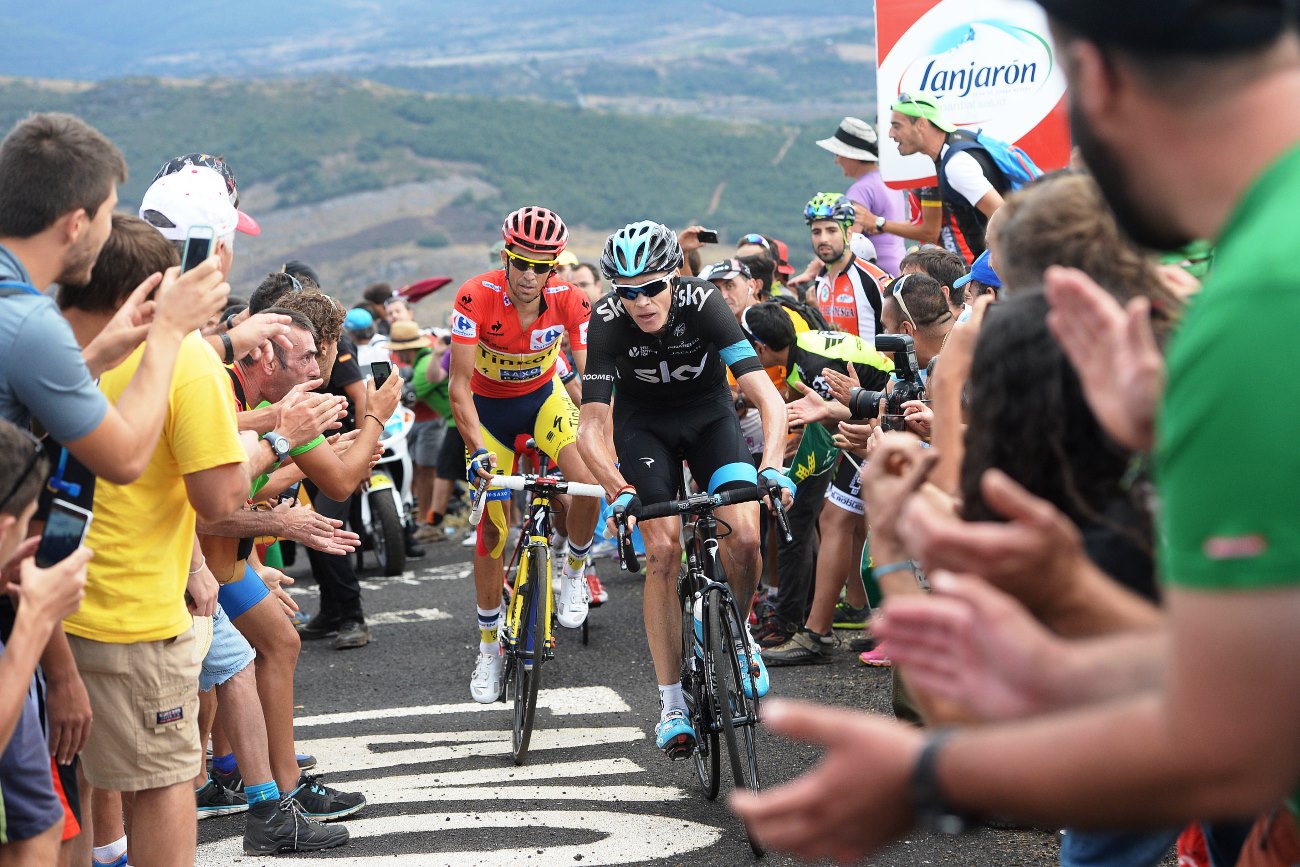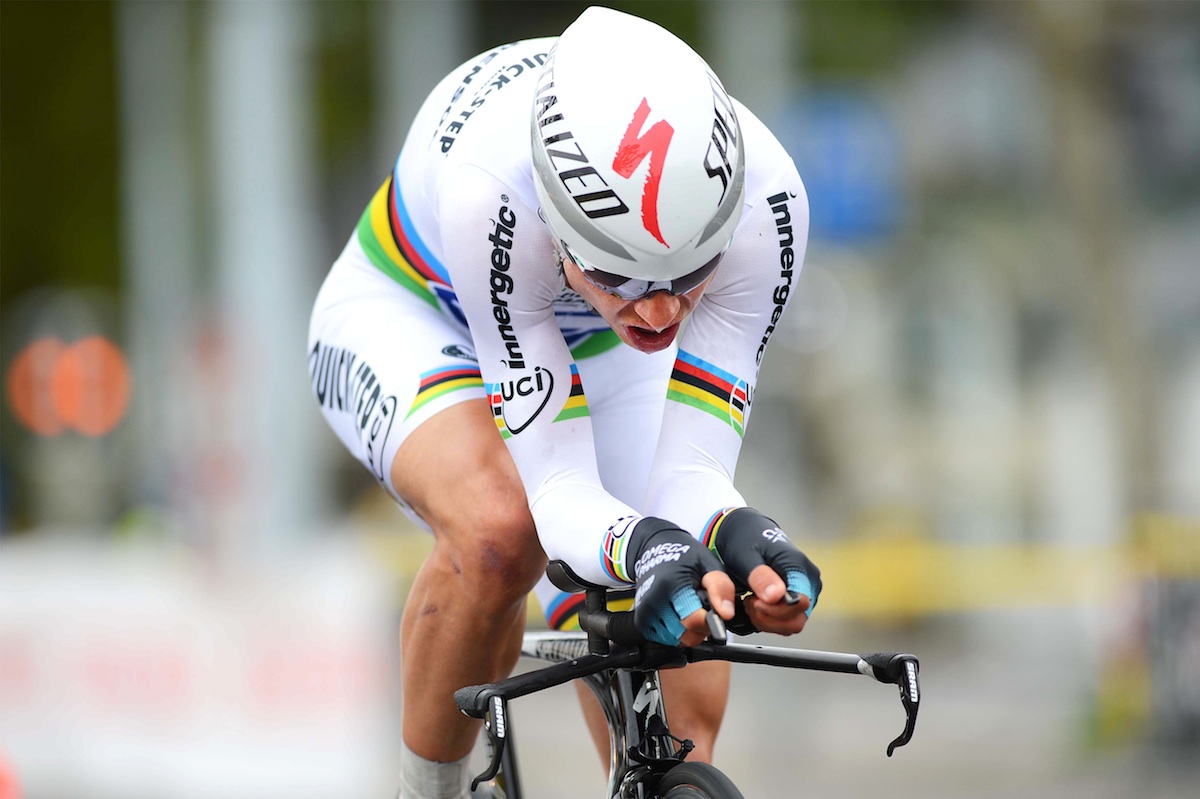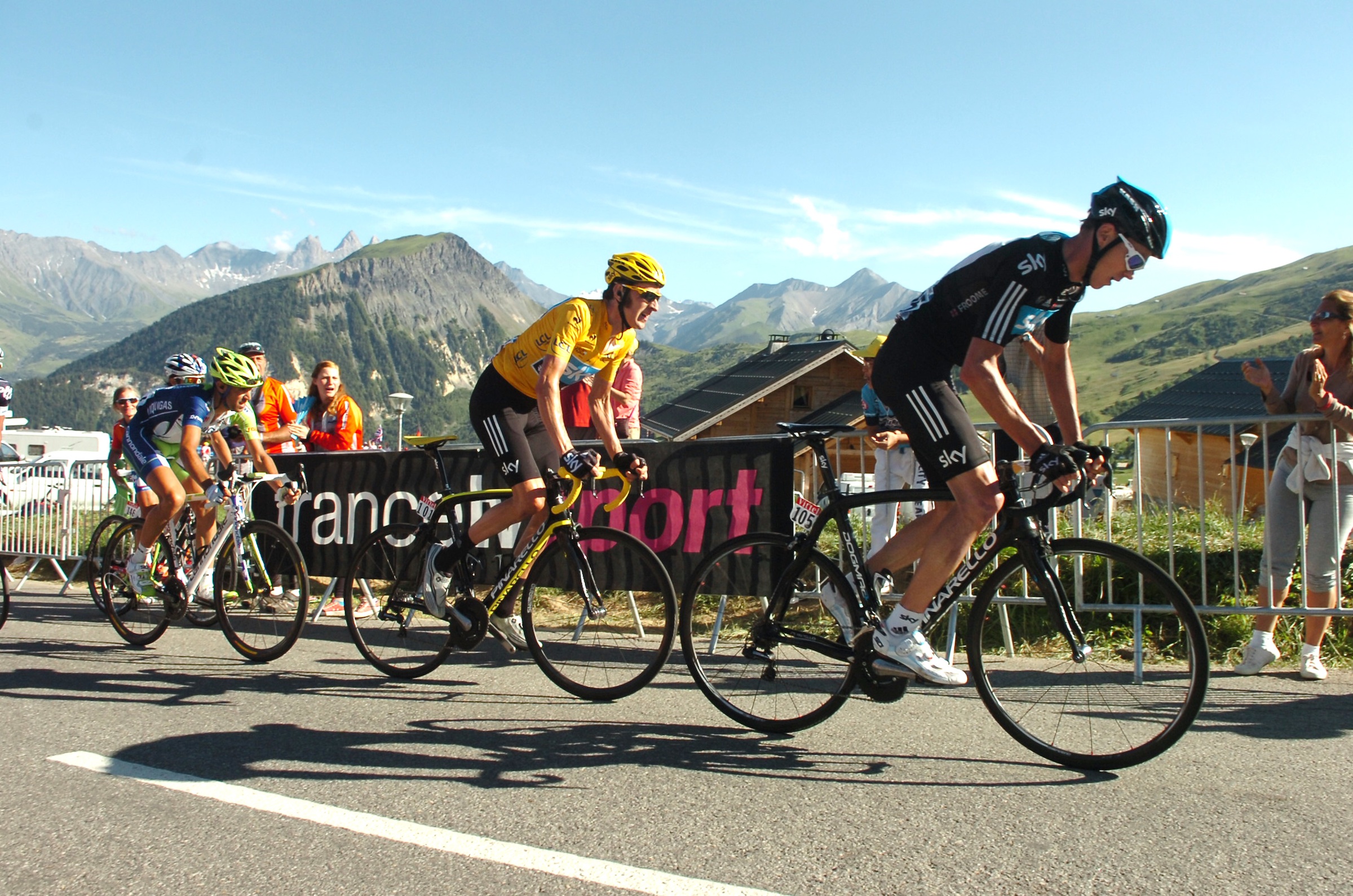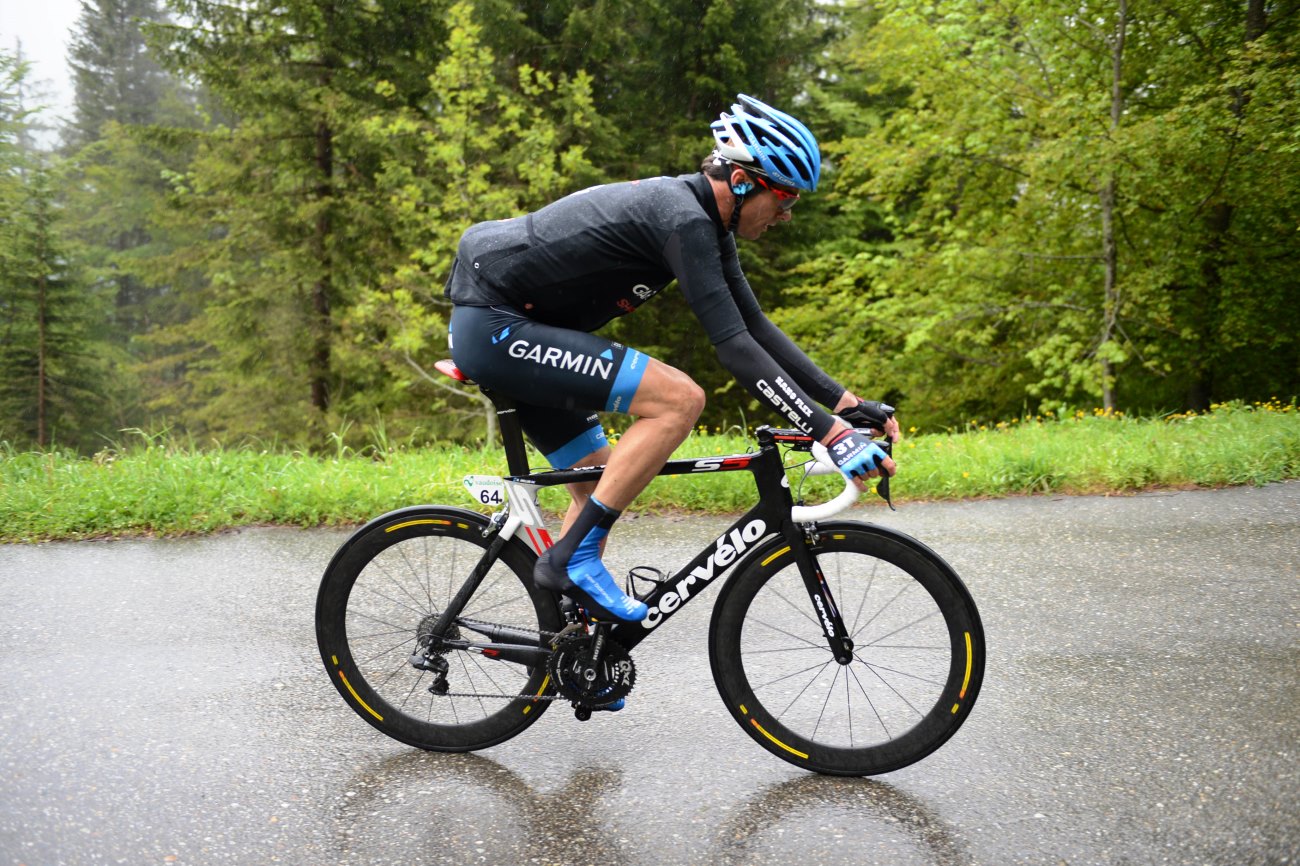2. Typical power to weight figures
-

Hill reps are an effective way to improve your climbing prowess
-

While professional cyclists are secretive about their power to weight figures, Chris Froome and Alberto Contador will both be over 6w/kg (Pic: Sirotti)
-

While Tony Martin is no certainly slouch going uphill, his build and physiology are best-suited to the demands of a time trial, where power is more important in relation to aerodynamics (Pic@ Tim de Waele/Etixx-QuickStep)
-

Having reach his physiological potential, Bradley Wiggins improved his climbing ability by losing weight, rather than necessarily focusing on increasing his power (Pic: Sirotti)
-

Peter Cossins' looks at 'cycling's greatest climb' in Alpe d'Huez (pic: Media-24)
-

No matter how good your kit is, you can't escape the suffering that comes from riding uphill in the heat (Pic: Strava)
2. Typical power to weight figures
A lot of numbers get thrown around with regards to power to weight ratios.
The first thing to highlight is the time period you are talking about when quoting a power to weight ratio. For example, most cyclists will be able to produce 6w/kg – the benchmark for top-level professional riders – however, some may only be able to sustain this intensity for twenty seconds, while others will be able to climb like mountain goats at this figure for an hour.
In one of my previous articles I covered lactate threshold and functional threshold power (FTP) – or the power that a rider can sustain for one hour. This is considered the golden standard in terms of sustainable power production and climbing ability in the high mountains like the Alps and Pyrenees, and so is typically the length of time considered when quoting power to weight. You can read my piece on lactate threshold to find out how to calculate your FTP (and later in this article we’ll consider how you can use power to weight if you don’t have a power meter) but, for now, let’s look at typical power to weight ratios for various levels of rider.
Starting with World Tour professionals, the likes of Alberto Contador and Chris Froome. They are understandably very secretive about their exact power outputs but a good estimate would be around 6-6.2 w/kg. A good climber on a domestic professional team might have a FTP of around 5.2-5.7w/kg. A good first cat might be around 4.5-4.8w/kg mark, A second cat might be excepted to be around 4w/kg and a third cat at around 3.5-3.8w/kg. On the women’s side of things, a world class climber such as Emma Pooley would likely be able to sustain around 5.2w/kg.
So should we all become obsessed by our power to weight ratio? Needless to say, it has its limitations as a measurement by which to determine cycling ability.





